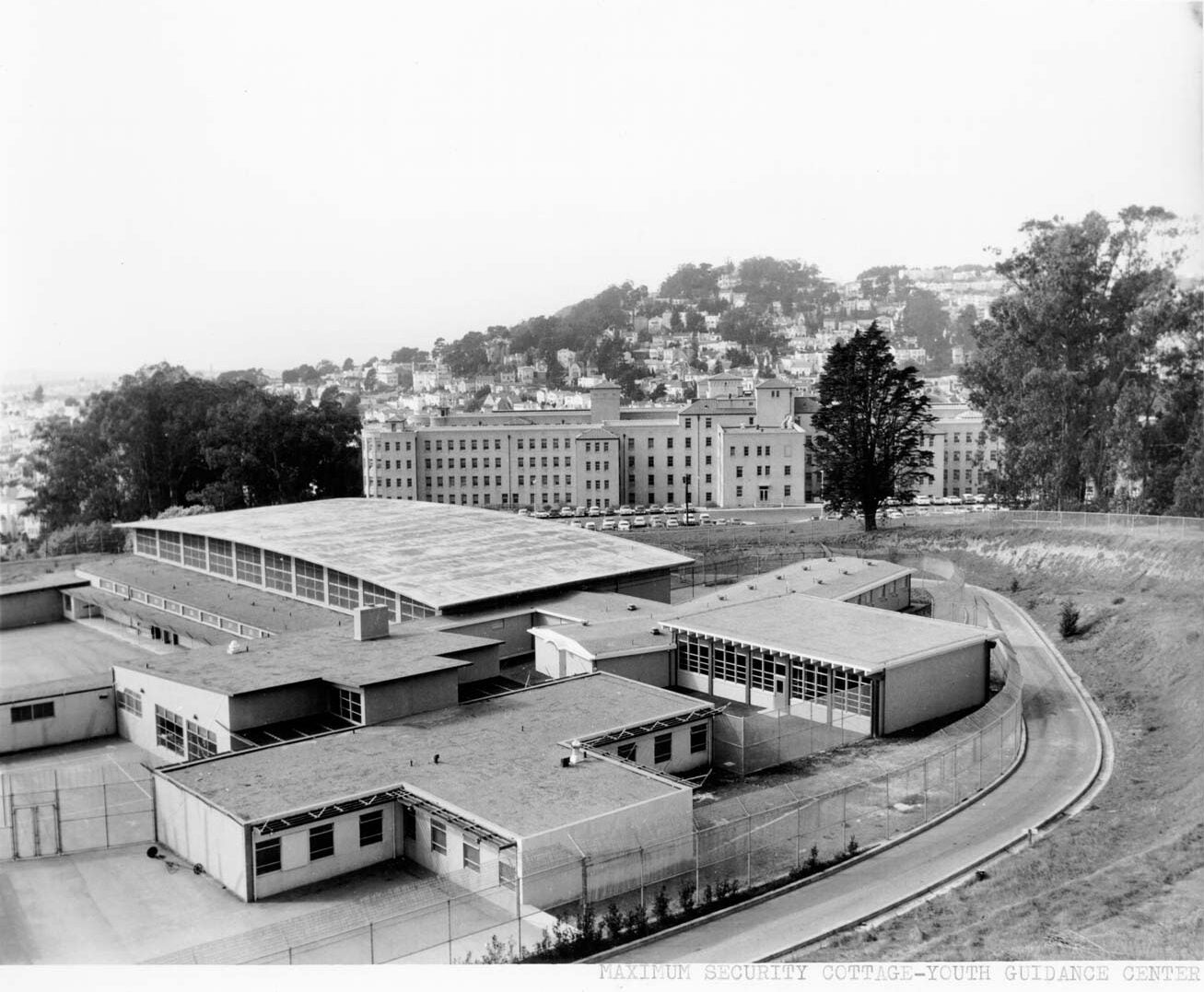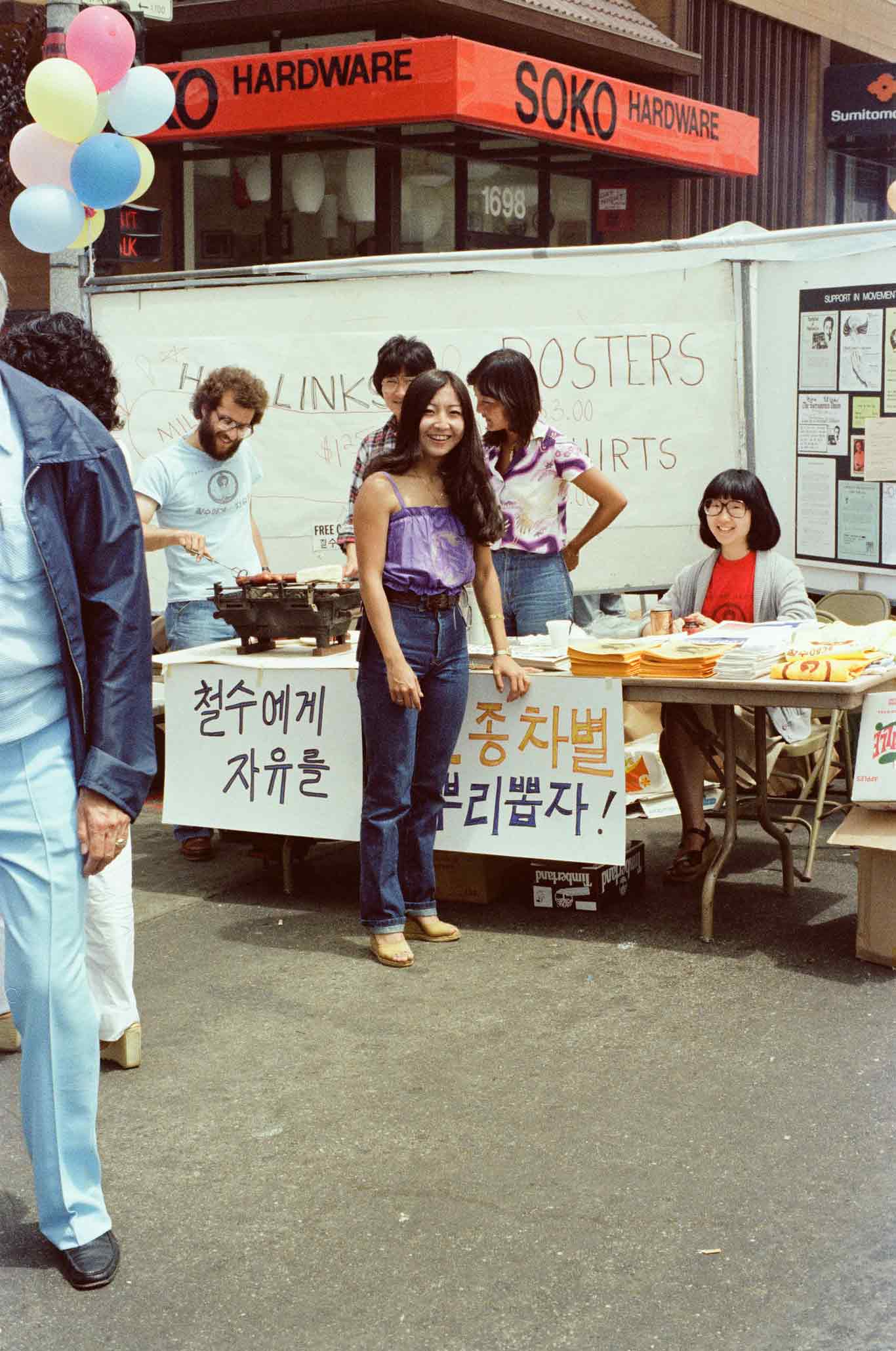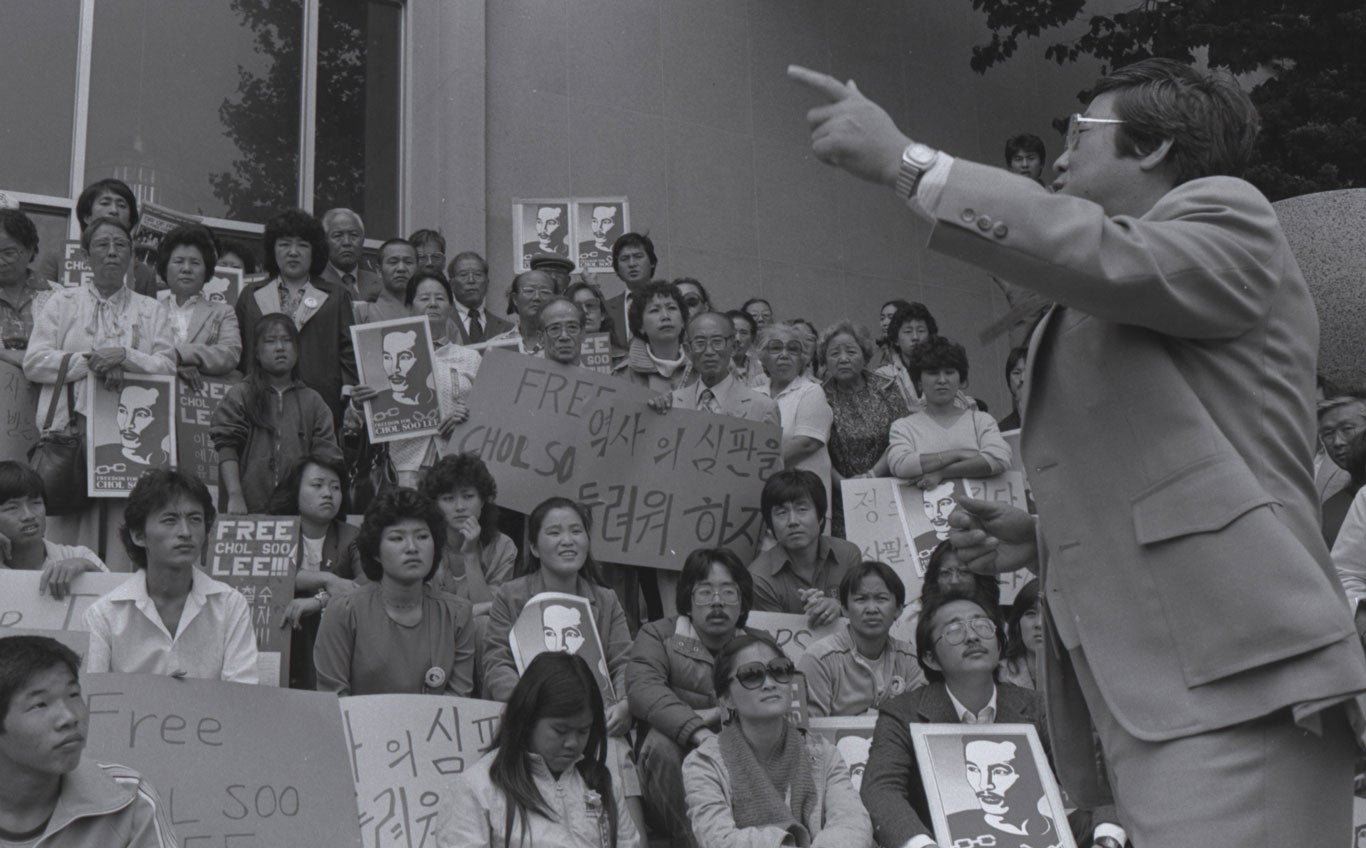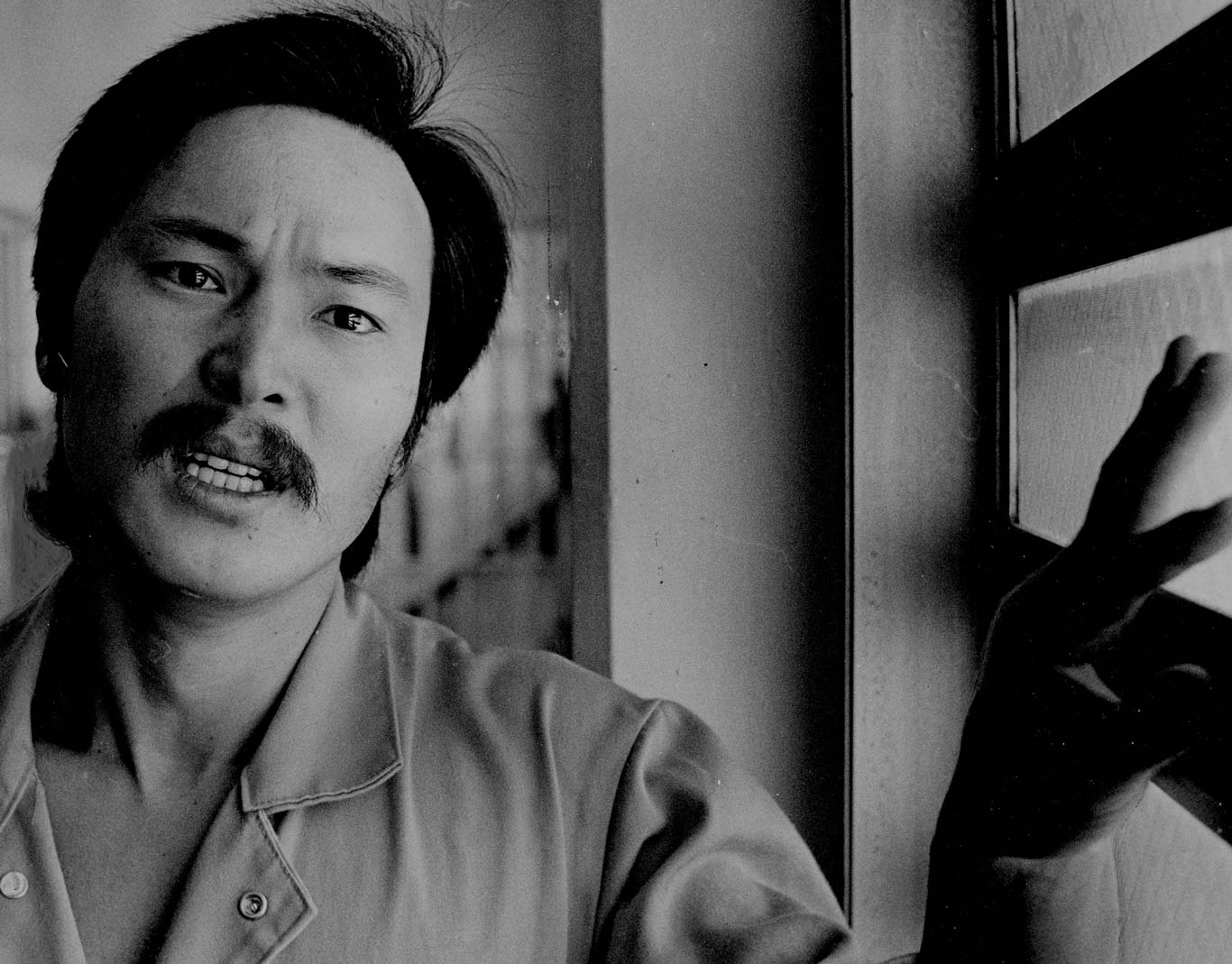LANDMARK MOVEMENT AND MOMENTS
Free Chol Soo Lee: How a Lone Immigrant on Death Row Sparked a Movement

02:16

How does the life of Chol Soo Lee teach us about the roles each of us can play in creating a more just society?
Chapter objectives
- Learn about Chol Soo Lee, a Korean immigrant who was wrongfully convicted of murder in 1970s San Francisco, California, and who became the inspiration for a landmark, yet largely forgotten, pan-Asian American social movement.
- Understand how a community boldly responded with compassion and courage to build a grassroots movement for Chol Soo Lee.
- Explore how the United States’ racially biased criminal justice system harms all people, including Asian Americans.
In 1974 twenty-one-year-old Korean immigrant Chol Soo Lee was wrongfully convicted of a murder in San Francisco’s Chinatown. As he was serving a life sentence, newspaper reporter K. W. Lee started to dig into the case. The journalist’s articles exposed the truth and sparked a pan-Asian American social movement to free Chol Soo Lee. In an unprecedented show of intergenerational solidarity, Korean immigrants rallied alongside US-born Asian American activists. Their efforts, spanning six years, won Chol Soo Lee his freedom from prison. However, true freedom eluded him, and he struggled to live a “normal life,” falling into drug use and criminality. This chapter takes ownership of this history in all its complexity; the story of Chol Soo Lee shines a light on immigrant trauma, racial injustice, and the human damage of incarceration, but also honors his resilience and the power of the people when united in righteous cause.
Modules in this chapter
Who is Chol Soo Lee?

Who is Chol Soo Lee?
This module is about how a poor and isolated Korean immigrant was racially profiled and wrongfully convicted of murder in San Francisco, California, in the 1970s.
Lost in America

Lost in America
This module is about the early life of Chol Soo Lee before his name became a rallying cry for a landmark social movement.
It Takes One Person

It Takes One Person
This module traces the seeds of the Free Chol Soo Lee movement to the actions of activist Ranko Yamada and journalist K. W. Lee.
‘Blue Jeans and Chima Jeogori Getting Together’

‘Blue Jeans and Chima Jeogori Getting Together’
A small group of socially conscious first-generation Korean Americans in the Sacramento, California, area formed the Chol Soo Lee Defense Committee.
Silent Pleas

Silent Pleas
Like many formerly incarcerated people, Chol Soo struggled to deal with the trauma of his experiences in prison and to find sustained support after incarceration.
Who is Chol Soo Lee?

Who is Chol Soo Lee?
This module is about how a poor and isolated Korean immigrant was racially profiled and wrongfully convicted of murder in San Francisco, California, in the 1970s.
Lost in America

Lost in America
This module is about the early life of Chol Soo Lee before his name became a rallying cry for a landmark social movement.
It Takes One Person

It Takes One Person
This module traces the seeds of the Free Chol Soo Lee movement to the actions of activist Ranko Yamada and journalist K. W. Lee.
‘Blue Jeans and Chima Jeogori Getting Together’

‘Blue Jeans and Chima Jeogori Getting Together’
A small group of socially conscious first-generation Korean Americans in the Sacramento, California, area formed the Chol Soo Lee Defense Committee.
Silent Pleas

Silent Pleas
Like many formerly incarcerated people, Chol Soo struggled to deal with the trauma of his experiences in prison and to find sustained support after incarceration.
Chapter Sources
Adachi, Jeff. “Chol Soo Lee Memorial Eulogy.” Recorded by Julie Ha, December 9, 2014, in San Bruno, California.
Adachi, Jeff. Raw Interview for Free Chol Soo Lee. Filmed on March 16, 2016, in San Francisco, California.
Asian Prisoner Support Committee. “Data Report on Incarcerated and Formerly Incarcerated AAPIs” (2019–2021). https://www.asianprisonersupport.com/apsc-survey-data.
Chiang, Leo S., Geeta Gandbhir, and Grace Lee, directors. Renee Tajima-Peña, series producer. Asian Americans, PBS, ITVS, WETA, and the Center for Asian American Media, 2020. https://www.pbs.org/show/asian-americans/.
Din, Grant. Raw Interview for Free Chol Soo Lee. Filmed on July 17, 2017, in San Francisco, California.
Elias, Marilyn. “The School-to-Prison Pipeline.” Learning for Justice, Southern Poverty Law Center, no. 43 (Spring 2013). https://www.learningforjustice.org/magazine/spring-2013/the-school-to-prison-pipeline
Furutani, Warren. “Chol Soo Lee: Freedom Without Justice?” Amerasia Journal 10, no. 2 (1983), 73–88.
Furutani, Warren. “We Freed Chol Soo Lee, Now What?” Amerasia Journal 39, no. 3 (2013): 48.
Furutani, Warren. “Chol Soo Lee Oral History Interview.” Grace Yoo Archival Collection, San Francisco State University, Asian American Studies. Filmed March 5, 2008, in Los Angeles, California.
Ha, Julie, Eugene Yi, directors. Free Chol Soo Lee, Chol Soo Lee Documentary LLC, ITVS, MUBI, PBS, Independent Lens, CAAM, CPB, 2022. https://mubi.com/en/us/films/free-chol-soo-lee, https://www.kanopy.com/en/product/14169886.












